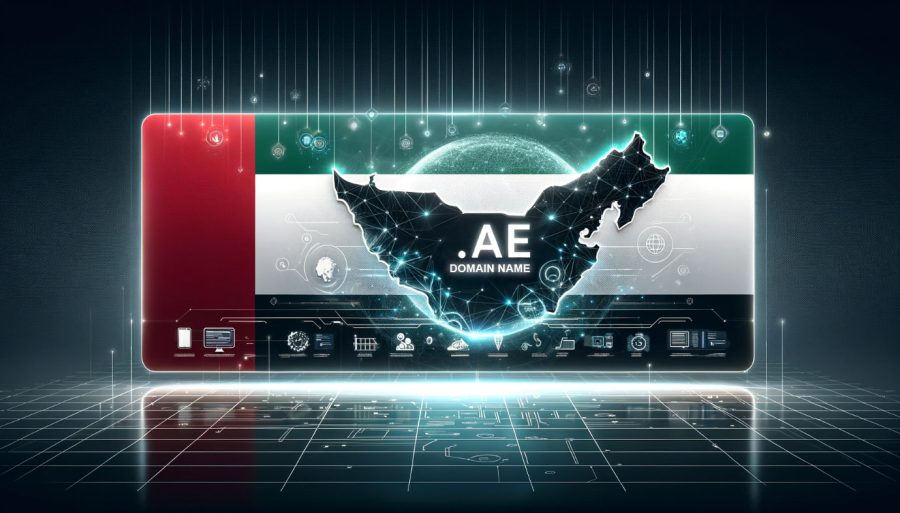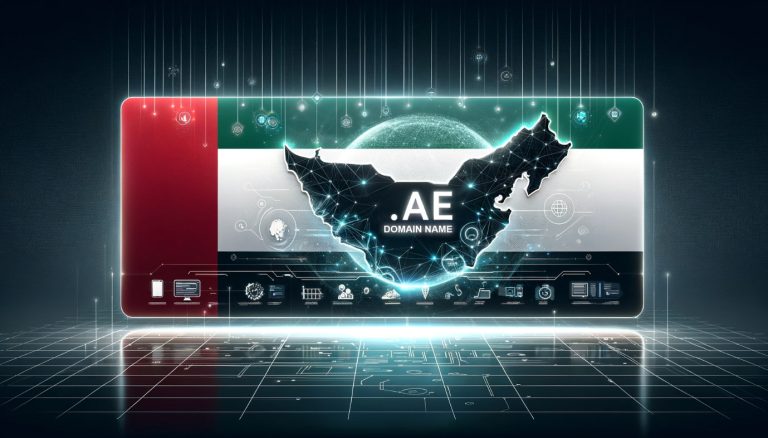Data is now a transforming tool in the current educational environment, helping to improve teaching strategies, personalize learning experiences, and raise student achievement in the best schools in Ajman. Big data analytics is transforming the way educators think about and approach learning. It entails processing and analyzing enormous volumes of data to find patterns and insights. This blog explores the use of big data analytics in education, its advantages, and how it will influence education.
Big data is the term used to describe vast amounts of information gathered from several sources, such as student records, online learning environments, tests, and classroom activities. Teachers may obtain important insights into student behavior, learning preferences, and academic success using sophisticated analytics. These insights make better teaching practices, tailored learning programs, and targeted interventions possible, eventually leading to higher academic results.
Tracking Student Performance
Monitoring student performance is one of the main uses of big data analytics in education. Teachers can spot patterns, keep tabs on advancement, and spot early indicators of academic difficulty by gathering and evaluating data on student activities.
Early Warning Systems
Early warning systems (EWS) use big data analytics to identify kids at risk of falling behind or quitting school. To forecast possible problems, these systems examine participation, attendance, grades, and socioeconomic status. According to an American Institutes for Research study, student retention rates increased by 10% in schools that used EWS. Teachers can support at-risk kids and help them remain on track by offering timely interventions.
Real-Time Monitoring
In real-time, student performance may be monitored thanks to big data analytics. Platforms like PowerSchool and BrightBytes offer dashboards that show the most recent data on student accomplishments and problem areas. Teachers can modify their teaching tactics based on well-informed judgments made thanks to this real-time data. For instance, if a teacher detects an abrupt decline in a student’s performance, they may immediately look into it and offer the required assistance.
Personalizing Learning Experiences
Personalized learning adjusts instructional strategies and materials to meet the requirements and interests of specific pupils. Big data analytics is critical in developing these customized learning experiences by evaluating enormous volumes of data to comprehend each student’s learning profile.
Adaptive Learning Technologies
Using big data, adaptive learning systems modify the level of difficulty and teaching style based on ongoing evaluations of student performance. Platforms like Knewton and Smart Sparrow use algorithms to deliver individualized courses corresponding to each student’s knowledge level and speed. Up to 25% more students can remain in school when using adaptive learning, according to research from the Bill & Melinda Gates Foundation.

Learning Analytics
Data on student learning activities are gathered and analyzed as part of learning analytics. Teachers can determine what is most effective for each student by analyzing student interaction patterns with instructional materials. For example, teachers might use more multimedia tools and visual aids if data indicates that students do well with visual learning but find it difficult with text-based materials. According to a survey published by the Educause Learning Initiative, student retention rates increased by 21% in schools that used learning analytics.
Improving Teaching Methods
In addition to offering insights into the efficacy of teaching strategies, big data analytics supports educators in improving their ways to improve learning results.
Professional Development
Targeted professional development is made possible by data-driven insights pinpointing areas where teachers require improvement. Schools can provide specialized training programs that target certain teaching skill shortages by analyzing data on classroom performance. For instance, if data indicates that pupils in a specific class often perform below grade level in arithmetic, the instructor may be given further training in efficient math teaching methods.
Curriculum Optimization
Big data analytics may assist in optimizing curriculum by determining the most successful teaching strategies and instructional resources. By examining student performance data, instructors can ascertain which curriculum areas require modification. For instance, the curriculum can be changed to provide more thorough coverage and more resources if students routinely struggle with a specific subject. According to a Data Quality Campaign research, student performance increased by 5–10% in schools when data-driven curricular decisions were made.
Enhancing Student Engagement
Achieving successful educational results requires involving students. Big data analytics may assist teachers in understanding student motivation and engagement strategies.
Predictive Analytics
Using past data, predictive analytics predicts future students’ performance and behavior. Teachers may anticipate which kids are likely to disengage and take proactive steps to re-engage them by seeing patterns and trends. For instance, teachers might provide students with more engaging and interactive material if data indicates that they are likely to get disinterested in a given subject.
Gamification
Gamification is adding aspects of games to educational tasks to increase the fun and engagement of learning. Big data analytics may assist in determining which gamification techniques work best for certain student groups. Utilizing data, platforms such as Classcraft customize gamified learning experiences to increase engagement and motivation. According to a University of Colorado research, pupils who learned through gamification had higher scores.
Facilitating Informed Decision-Making
Teachers and administrators may now make well-informed judgments based on evidence rather than gut feeling thanks to big data analytics. Better resource allocation and more successful tactics result from this data-driven approach.
Resource Allocation
Through analyzing student requirements and performance data, educational institutions may optimize resource allocation. Schools can invest in specific reading programs and resources, for instance, if data shows that certain children need more reading help. Directing resources where they are most needed maximizes their influence through focused deployment.
Policy Development
Big data analytics can influence state, district, and school policy creation. Policymakers may address systemic concerns and advance fairness by developing evidence-based policies that consider the factors that affect student achievement. For example, information on how class size affects student success can help determine the best teacher-to-student ratio.
Several educational institutions have used big data analytics worldwide to improve learning results. Here are a few noteworthy instances:
Houston Independent School District (HISD), USA:
The Houston Independent School District (HISD), located in the United States, tracks student performance and identifies at-risk pupils using big data analytics. The district’s early warning system has contributed to higher graduation rates by giving students who require it focused assistance.
University of New South Wales (UNSW), Australia:
UNSW uses learning analytics to give students more individualized learning opportunities. The institution improves student performance and happiness by offering personalized recommendations and support based on data analysis on how students engage with online course materials.
Challenges and Considerations
Even if big data analytics has many advantages for education, several issues and concerns should be taken into account:
Data Privacy and Security
Security and privacy issues are brought up by gathering and examining massive volumes of student data. Schools must put strong data protection mechanisms in place to secure student information and adhere to all applicable rules.
Data Quality and Accuracy
The quality and accuracy of the data gathered determine how successful big data analytics will be. For schools to get useful insights, data must be accurate, thorough, and current.
Technical Expertise
Administrators and educators must have the necessary technological know-how and training to use big data analytics effectively. Schools need to invest in professional development to ensure that employees are proficient in using data analytics technologies.
Ethical Considerations
The use of big data analytics in education raises ethical questions, including the possibility of prejudice and the effect on student autonomy. To solve these problems, schools must ensure that data-driven decisions are made fairly and transparently.
Future Outlook
Big data analytics in education has a bright future, thanks to anticipated technological breakthroughs leading to even more creative uses. With the increasing sophistication of data analytics techniques, we can expect:
Deeper Insights
Advanced analytics will allow for a more in-depth understanding of student behavior and learning patterns, allowing for more targeted and efficient interventions.
Integration with Emerging Technologies
More and more integrations between big data analytics and cutting-edge technologies like AI, VR, and AR will result in more individualized and immersive learning environments.
Greater Accessibility
The increasing affordability and ease of use of analytics technologies will allow more educational institutions, including schools, to use big data to improve student results.
Enhanced Collaboration
Cooperative efforts and data-sharing programs between educational organizations, districts, and schools will fuel innovation in education.
Conclusion
Big data analytics transforms education by offering insightful data that supports tailored learning, better teaching strategies, and increased student achievement. Educators may customize education to meet the requirements of each student, make well-informed decisions, and provide stimulating and productive learning environments by utilizing data. The potential of big data analytics in education will only increase with the advancement of technology, indicating a future in which educators and students alike will be empowered to realize their full potential through data-driven insights.
To reap the full rewards of big data analytics, educational institutions must tackle data security, quality, and technological know-how issues. By investing in the appropriate resources and training, academic institutions may use big data to revolutionize learning and improve student results. Data-driven education is the way of the future, and it has great potential to give every student a more efficient, effective, and personalized learning experience.









